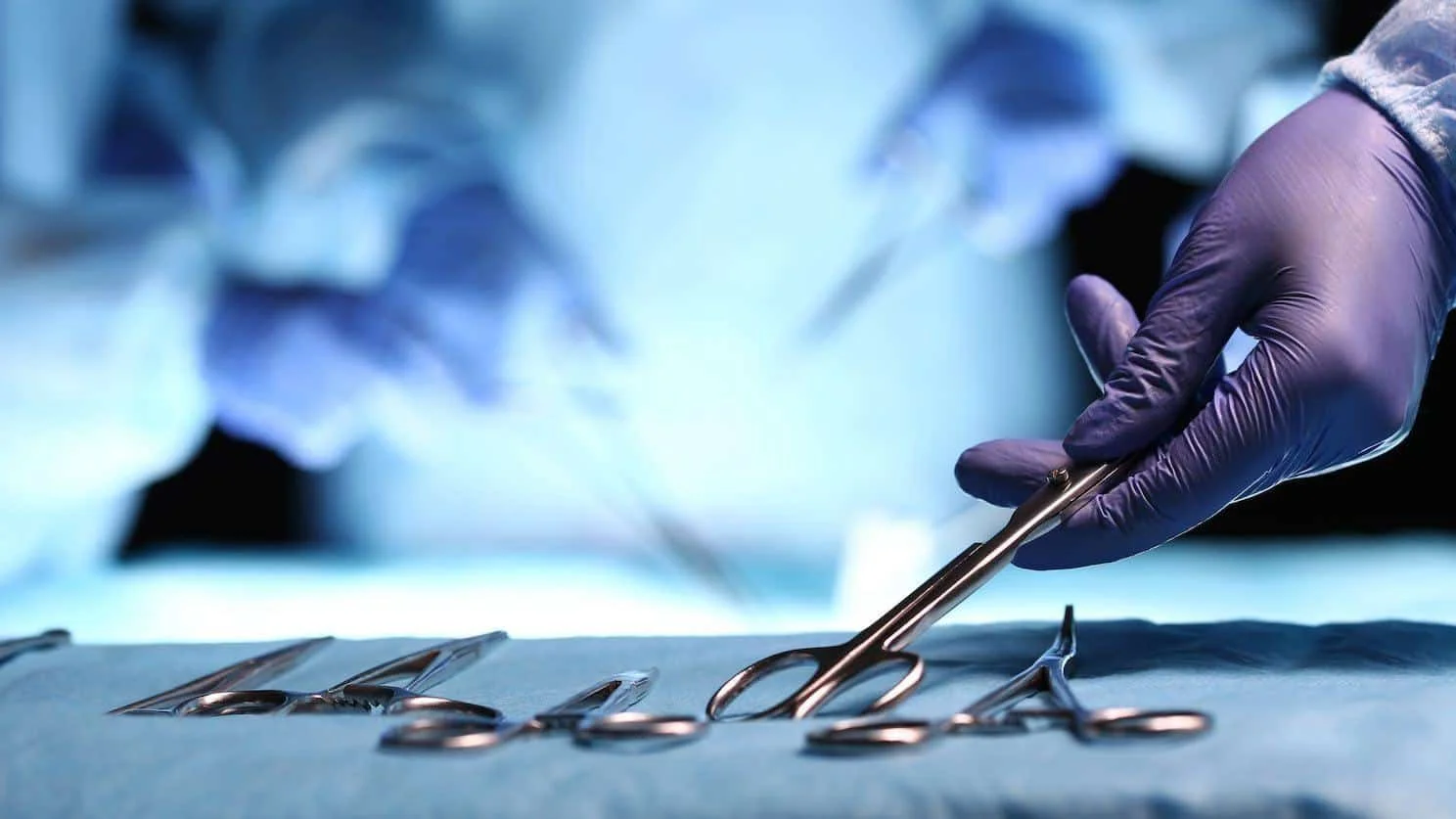Calls for Ukraine
Calls for Europe
Calls for USA

The world’s first successful bladder transplant was performed on May 4, 2025, at Ronald Reagan Medical Center at the University of California Los Angeles (UCLA). The patient was a 41-year-old man who had a destroyed bladder and both kidneys due to cancer and chronic kidney failure. After this surgery, the patient had a significant improvement in kidney function, allowing him to forgo dialysis. This is the first ever successful bladder transplantation, which creates new possibilities for the treatment of severe lesions of this organ.
The surgery lasted 8 hours and involved transplanting a bladder and kidney from a deceased donor. The surgeons, Inderbir Gill of the University of Southern California (USC) and Nima Nasiri of UCLA, have been working on the feasibility of such an intervention for more than 4 years, conducting studies in animals and deceased donors. Although initial results are encouraging, the long-term efficacy of the transplanted bladder and the duration of immunosuppressive therapy remain unknown. The surgical team plans to continue clinical trials to better understand potential complications and help more patients with serious bladder disease.
Right now, clinicians use bladder reconstruction or replacement (neocystoplasty), surgical techniques used after a cystectomy (removal of the bladder), most often for cancer. Bladder cancer is one of the most common urinary tract malignancies, with a worldwide incidence rate of 10.1 per 100,000 in men and 2.5 per 100,000 in women. The aim of surgery is to restore the ability to store and excrete urine and to preserve the patient’s quality of life. The most common techniques include orthotopic neocystoplasty and ileoconduit.
In orthotopic neocystoplasty, a new bladder is created from a fragment of small or large intestine that is connected to the urethra. The main advantage of the method is the possibility of urinating naturally. The disadvantages include the risk of urinary incontinence, the need for self-catheterization, as well as the impossibility of intervention in a certain group of patients, mainly women. Ileoconduit is urine diversion through a segment of the ileum, which is brought to the anterior abdominal wall; urine is collected in an external pouch. The method is quite successful because of its simplicity, rapid rehabilitation, and reliability. The disadvantages are the need for constant use of a urine bag and psychological discomfort in patients.
Please rate the work of MedTour
